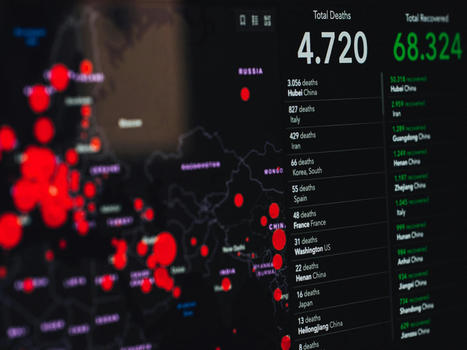Communicable diseases including COVID-19 pose a major threat to public health worldwide.
To curb the spread of communicable diseases effectively, timely surveillance and prediction of the risk of pandemics are essential.
The aim of this study is to analyze free and publicly available data to construct useful travel data records for network statistics other than common descriptive statistics.
This study describes analytical findings of time-series plots and spatial-temporal maps to illustrate or visualize pandemic connectedness.
We observed similar patterns in the time-series plots of worldwide daily flights from January to early-March of 2019 and 2020. A sharp reduction in the number of daily flights recorded in mid-March 2020 was likely related to large-scale air travel restrictions owing to the COVID-19 pandemic. The levels of connectedness between places are strong indicators of the risk of a pandemic.
Since the initial reports of COVID-19 cases worldwide, a high network density and reciprocity in early-March 2020 served as early signals of the COVID-19 pandemic and were associated with the rapid increase in COVID-19 cases in mid-March 2020.
The spatial-temporal map of connectedness in Europe on March 13, 2020, shows the highest level of connectedness among European countries, which reflected severe outbreaks of COVID-19 in late March and early April of 2020.
The analysis can facilitate early recognition of the risk of a current communicable disease pandemic and newly emerging communicable diseases in the future.
read the study at https://publichealth.jmir.org/2021/3/e27317



 Your new post is loading...
Your new post is loading...








